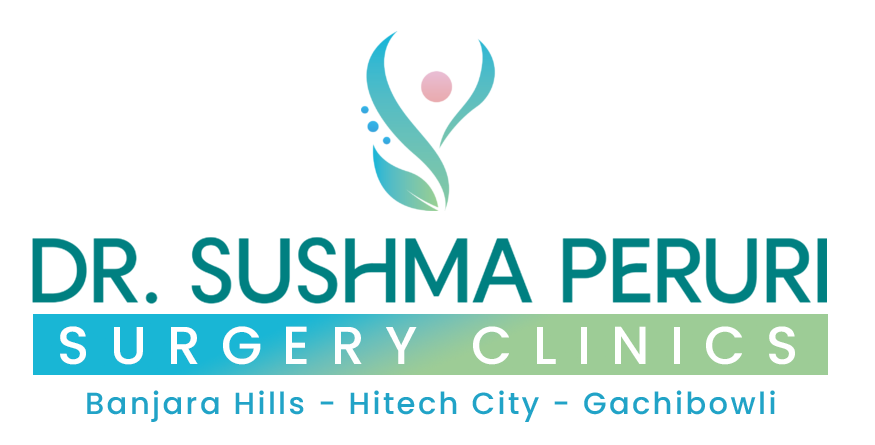Types of Breast Cancer - Know the Differences
Breast cancer is not a single disease but rather a group of different types that vary in their characteristics, treatment options, and prognoses. Understanding the various types of breast cancer can help patients and their families make informed decisions regarding treatment and management. This comprehensive guide will delve into the different types of breast cancer, their features, and how they are diagnosed and treated.
What is Breast Cancer?
Breast cancer occurs when cells in the breast tissue grow uncontrollably, leading to the formation of a tumor. This tumor can be invasive, meaning it spreads to nearby tissues, or non-invasive, which means it remains confined to its original location. The exact cause of breast cancer is still not fully understood, but various factors can increase the risk, including genetics, age, and lifestyle choices.

Common Types of Breast Cancer
1. Invasive Ductal Carcinoma (IDC)
Invasive Ductal Carcinoma (IDC) is the most common type of breast cancer, accounting for approximately 80% of all cases. IDC begins in the milk ducts of the breast and invades surrounding tissues.
Characteristics of IDC:
- Symptoms: Lumps in the breast, changes in breast shape or size, and changes in the skin or nipple.
- Diagnosis: Typically diagnosed through mammograms, ultrasounds, and biopsy.
- Treatment: Often involves surgery, chemotherapy, radiation therapy, and hormone therapy.
2. Ductal Carcinoma In Situ (DCIS)
Ductal Carcinoma In Situ (DCIS) is a non-invasive form of breast cancer where abnormal cells are found in the ducts but have not spread to surrounding breast tissue.
Characteristics of DCIS:
- Symptoms: Usually does not cause any noticeable symptoms and is often detected through routine mammograms.
- Diagnosis: Confirmed by biopsy following mammogram findings.
- Treatment: Treatment may involve surgery (lumpectomy or mastectomy) and sometimes radiation therapy.
3. Lobular Carcinoma
Lobular carcinoma originates in the lobules, the glands that produce milk. This type can be either invasive or non-invasive.
Characteristics of Lobular Carcinoma:
- Invasive Lobular Carcinoma (ILC): This form spreads to nearby tissues and can be more challenging to detect.
- Symptoms: May present as a thickening in the breast rather than a distinct lump.
- Diagnosis: Similar diagnostic methods to IDC, including mammograms and biopsies.
- Treatment: Typically includes surgery, chemotherapy, and hormone therapy.
4. Inflammatory Breast Cancer (IBC)
Inflammatory Breast Cancer (IBC) is a rare and aggressive form of breast cancer that affects the skin and lymph vessels of the breast, leading to swelling and redness.
Characteristics of IBC:
- Symptoms: Sudden changes in the breast’s appearance, including swelling, warmth, and skin changes resembling a rash.
- Diagnosis: Often diagnosed through a physical exam, mammogram, and biopsy.
- Treatment: Usually requires a combination of chemotherapy, surgery, and radiation therapy.
5. Triple-Negative Breast Cancer (TNBC)
Triple-Negative Breast Cancer (TNBC) is characterized by the absence of three common receptors known to fuel most breast cancer growth: estrogen, progesterone, and the HER2 protein.
Characteristics of TNBC:
- Symptoms: Similar to other breast cancer types, but can be more aggressive.
- Diagnosis: Confirmed through hormone receptor testing in biopsy samples.
- Treatment: Treatment options are limited and typically include chemotherapy and surgery, as hormone therapies are ineffective.
6. HER2-Positive Breast Cancer
HER2-Positive Breast Cancer involves an overexpression of the HER2 protein, which promotes the growth of cancer cells. This type can be invasive and aggressive.
Characteristics of HER2-Positive Breast Cancer:
- Symptoms: May present similarly to other invasive types of breast cancer.
- Diagnosis: Diagnosed through biopsy and testing for HER2 protein.
- Treatment: Often treated with targeted therapies, such as trastuzumab (Herceptin), in addition to standard chemotherapy and surgery.
7. Paget’s Disease of the Nipple
Paget’s Disease of the Nipple is a rare type of breast cancer that starts in the ducts of the nipple and extends to the skin and area of the nipple.
Characteristics of Paget’s Disease:
- Symptoms: Flaky or scaly skin on the nipple, itching, and sometimes discharge.
- Diagnosis: Confirmed through a biopsy of the nipple area.
- Treatment: Usually involves surgery and may require additional treatment based on the underlying type of breast cancer.
Risk Factors and Prevention
Understanding the risk factors associated with different types of breast cancer can help in formulating prevention strategies. Common risk factors include:
- Genetic Factors: Family history of breast cancer may indicate a genetic predisposition.
- Age: The risk increases as you age.
- Lifestyle Choices: Factors such as diet, exercise, alcohol consumption, and smoking can influence risk.
Prevention Strategies
- Regular Screenings: Routine mammograms and clinical breast exams can aid in early detection.
- Healthy Lifestyle: Maintaining a balanced diet, regular exercise, and limiting alcohol intake can reduce risk.
- Genetic Testing: For those with a family history of breast cancer, genetic counseling and testing may be beneficial.
Conclusion
Understanding the various types of breast cancer is essential for early detection and effective treatment. With advancements in medical research and technology, many options are available for diagnosis and treatment. Regular screenings and a healthy lifestyle can significantly impact breast cancer prevention. If you have concerns about breast cancer, consult with healthcare professionals like Dr. Sushma Peruri for personalized advice and support.
By recognizing the different types of breast cancer and their associated risk factors, individuals can take proactive steps towards maintaining their breast health. Early detection and informed decision-making are key to effective management and improved outcomes in breast cancer care.


